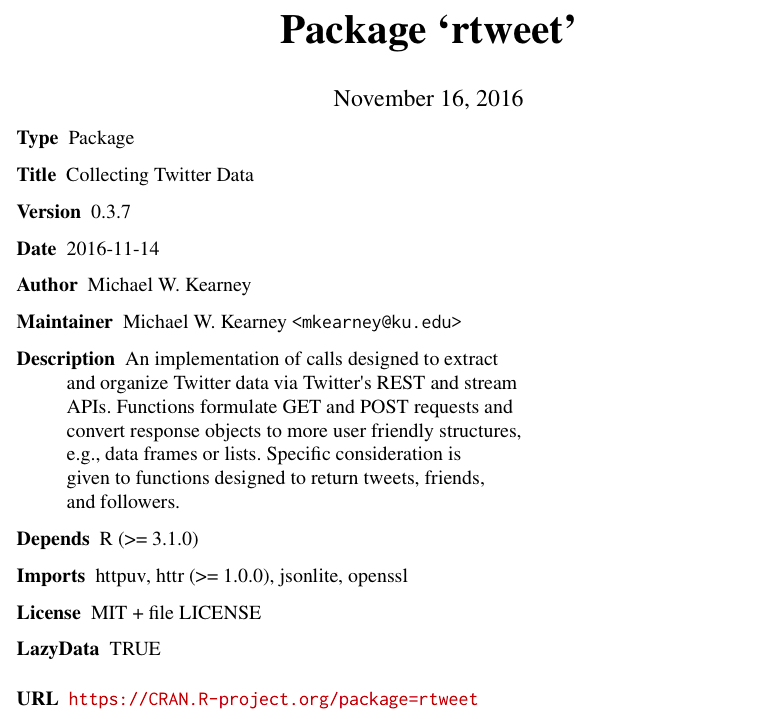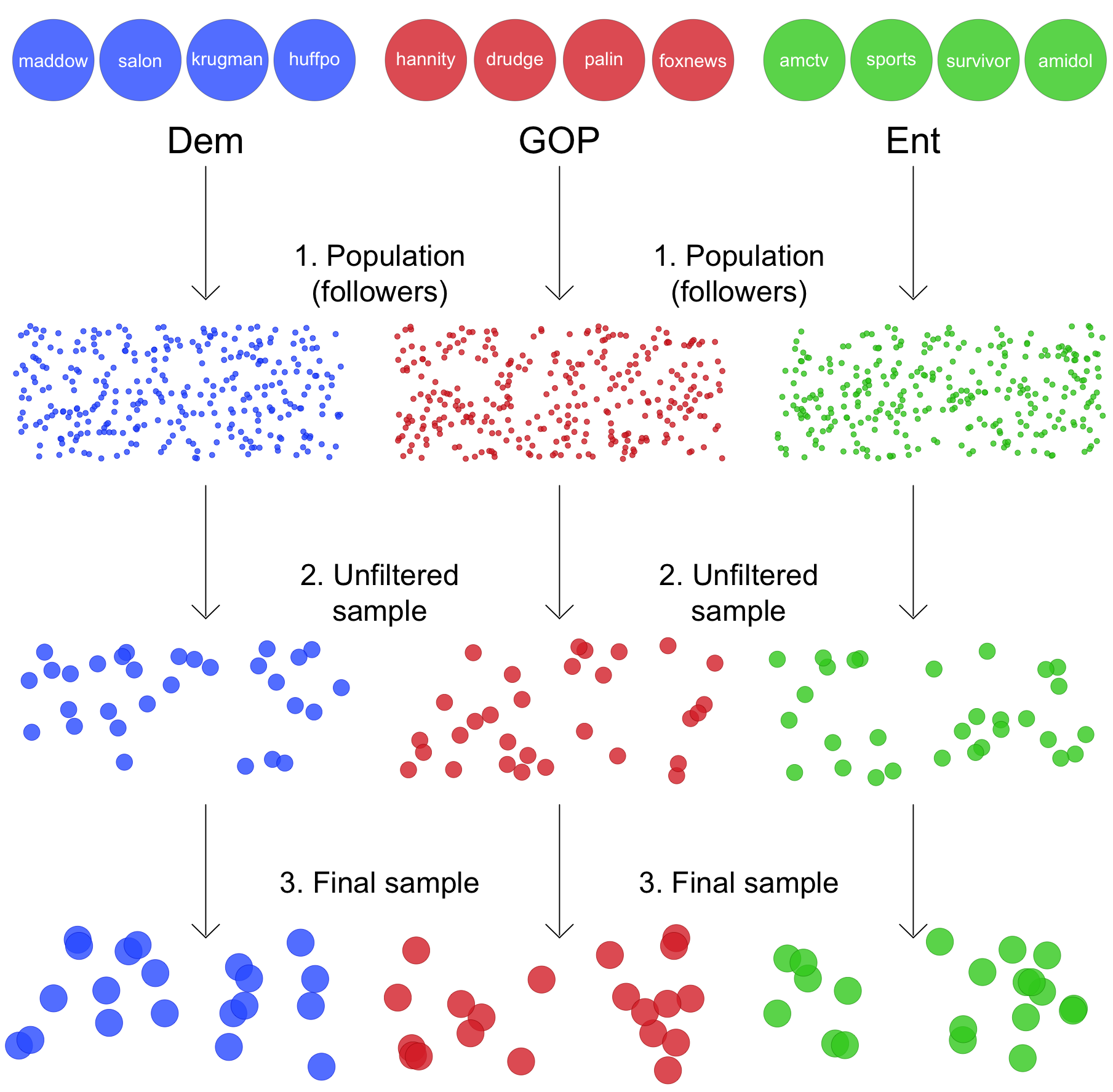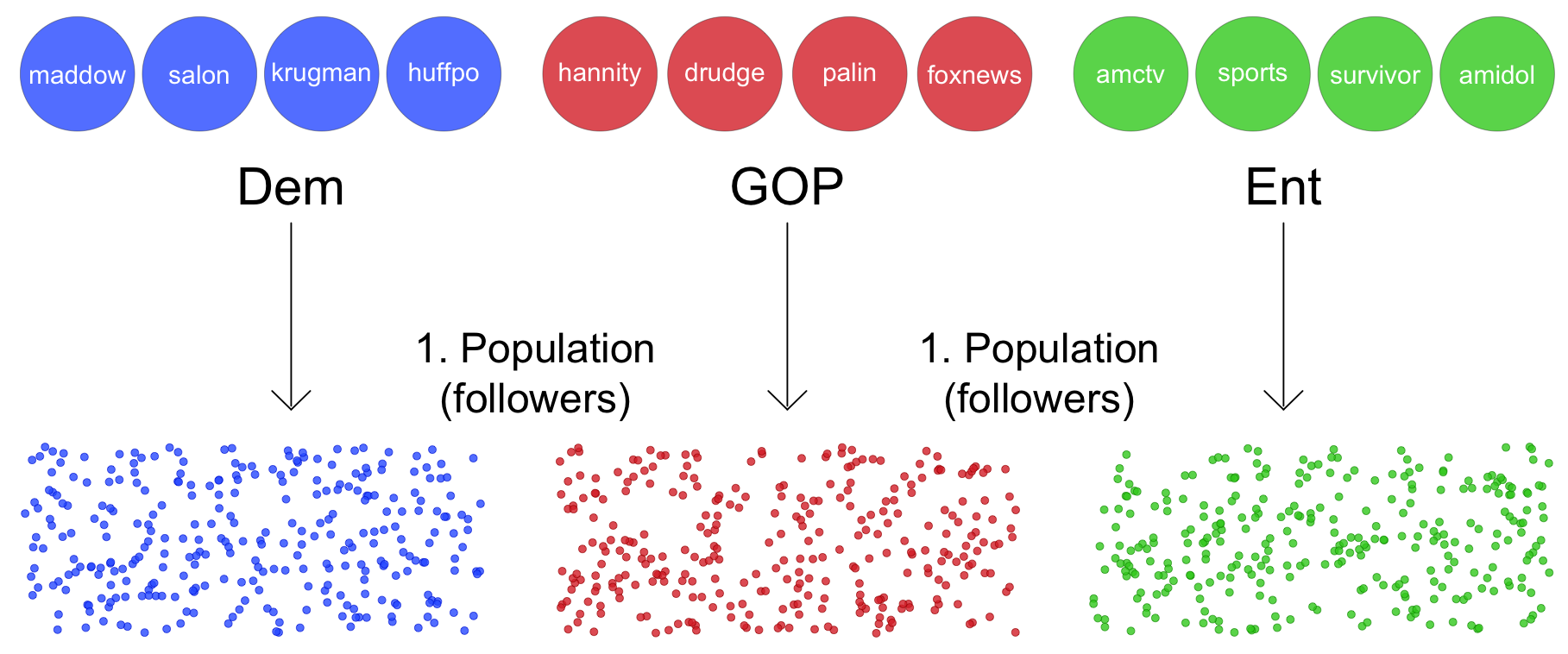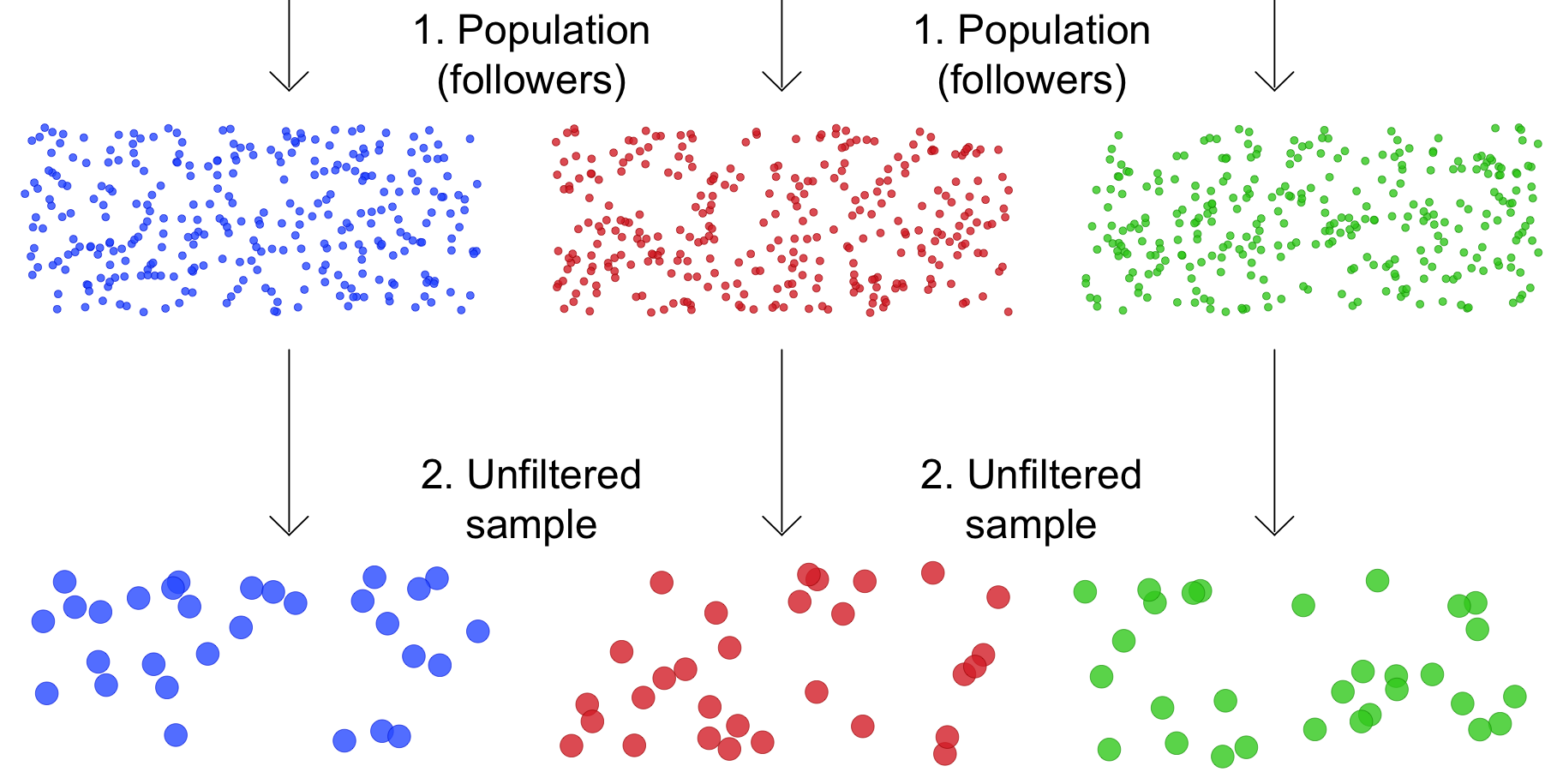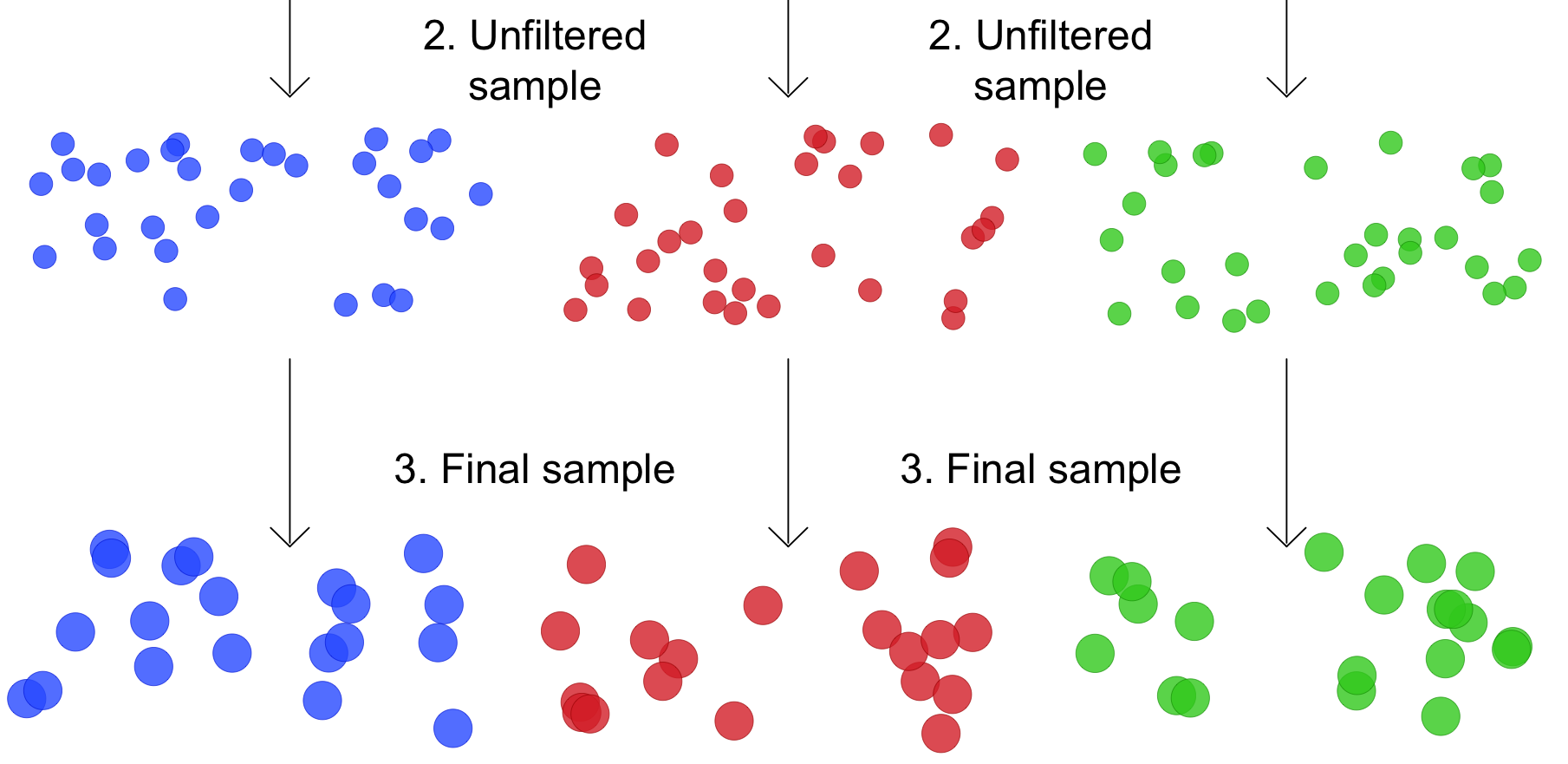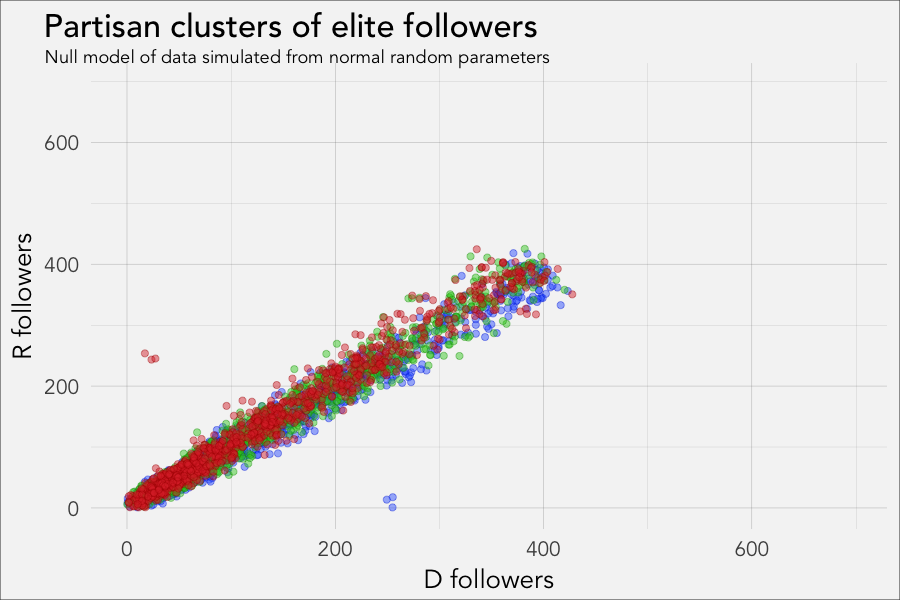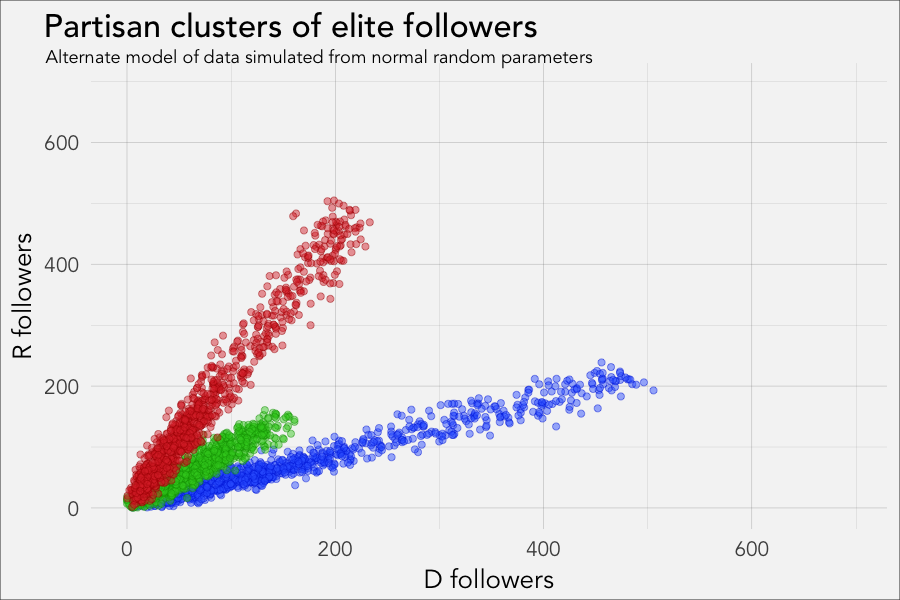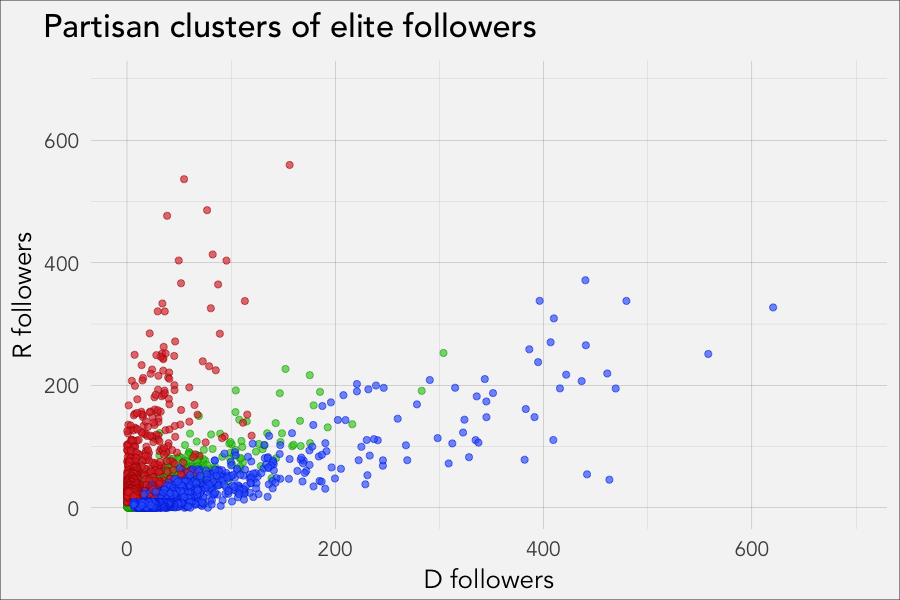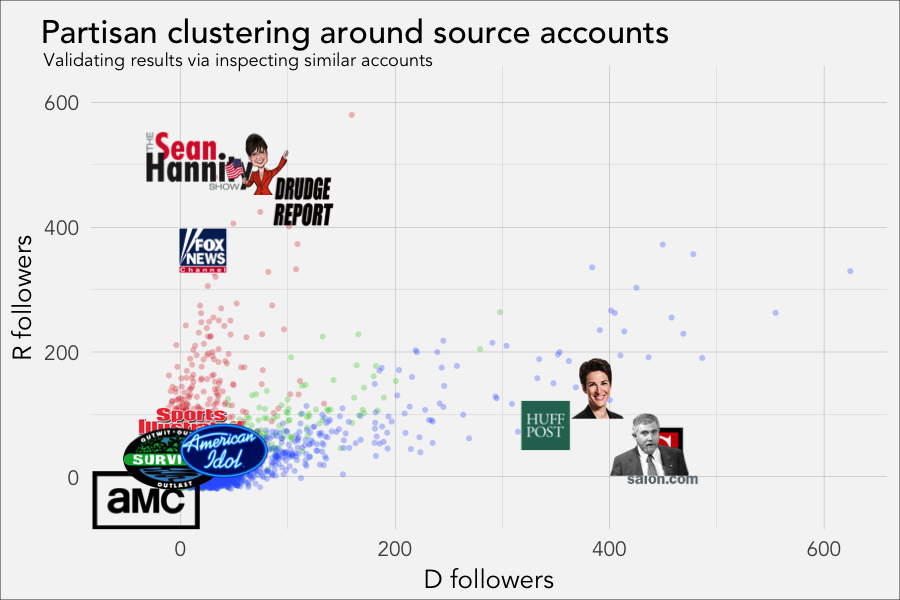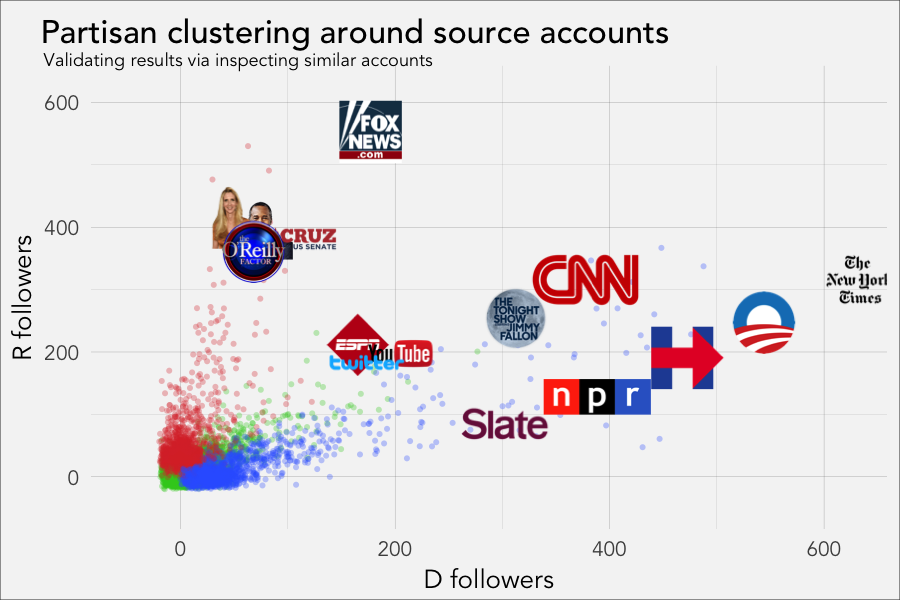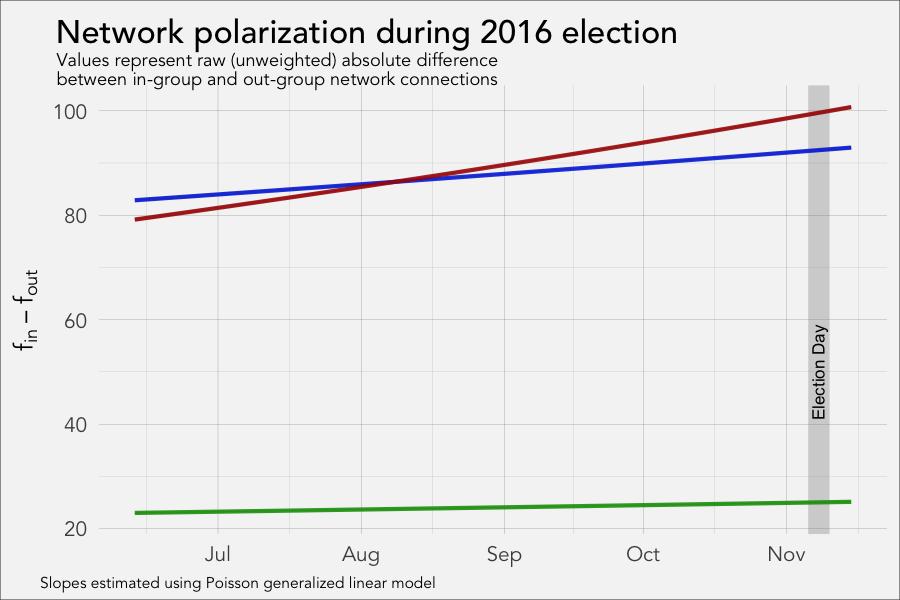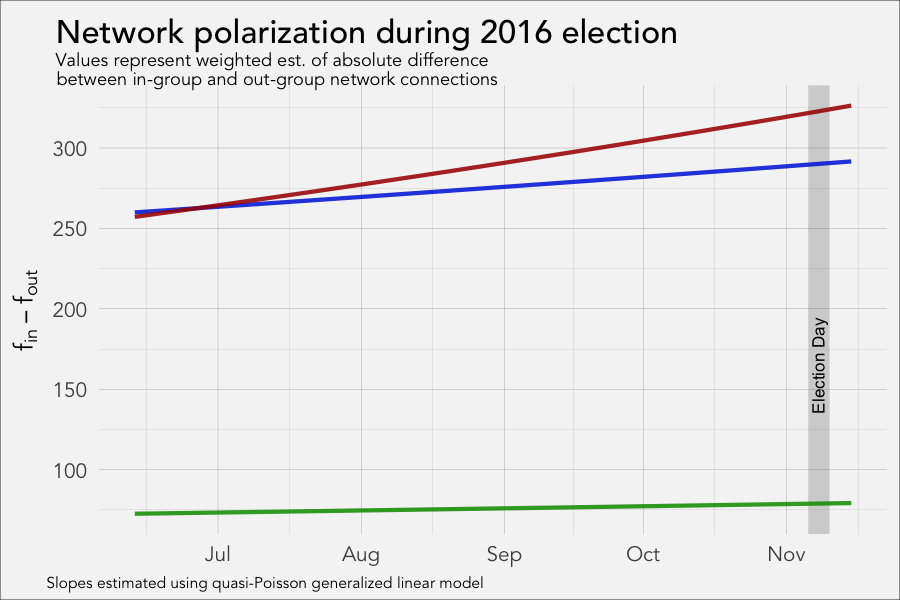Exploring New
Media Environments
with Data
Science
Michael W. Kearney, PhD Candidate
Center for Research Methods & Data Analysis
Department of Communication Studies
University of Kansas
Michael W. Kearney, PhD Candidate
Center for Research Methods & Data Analysis
Department of Communication Studies
University of Kansas
Relationship between new media and news media
Civic engagement and political polarization
Quantitative research methods and data science
